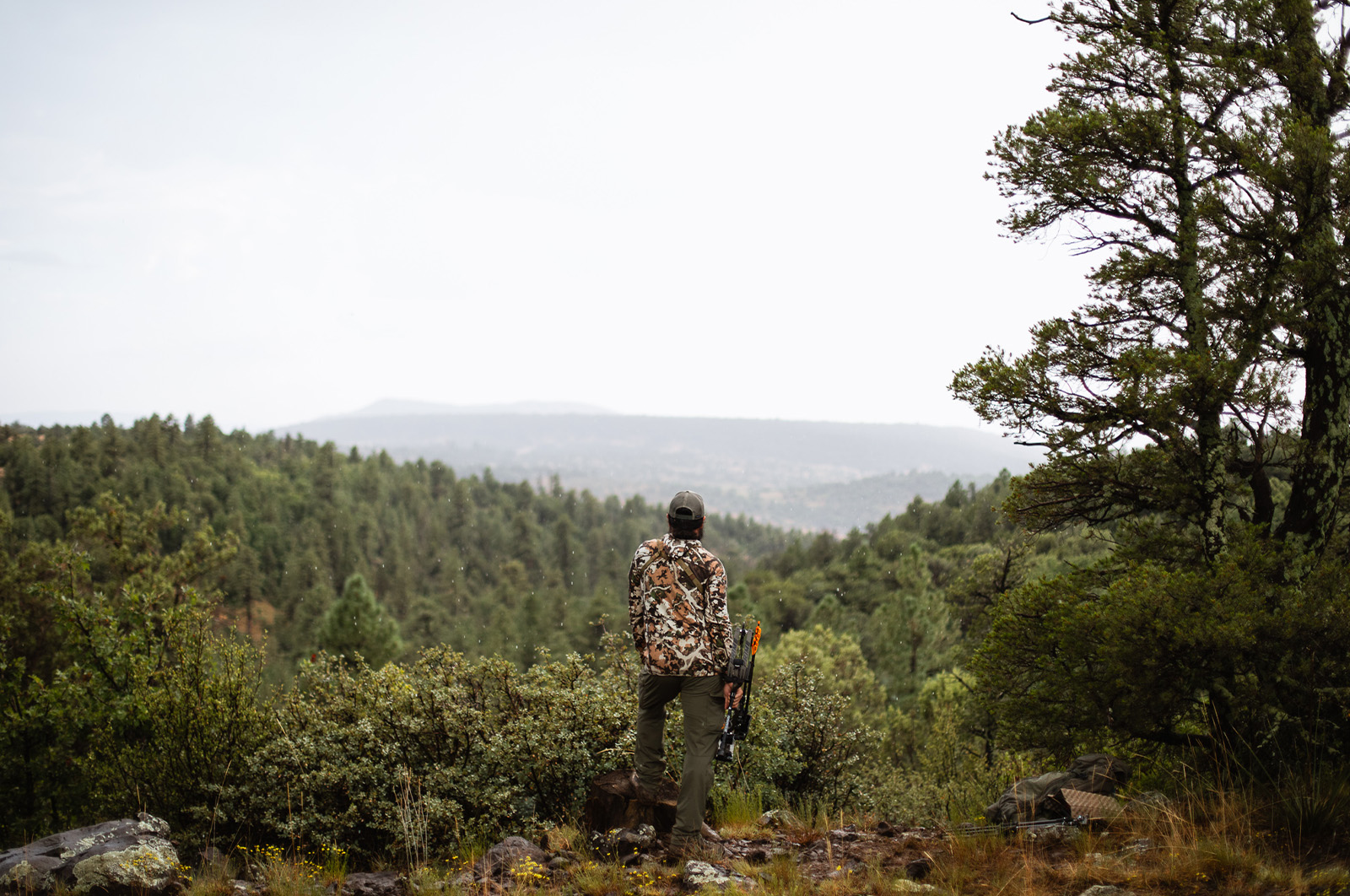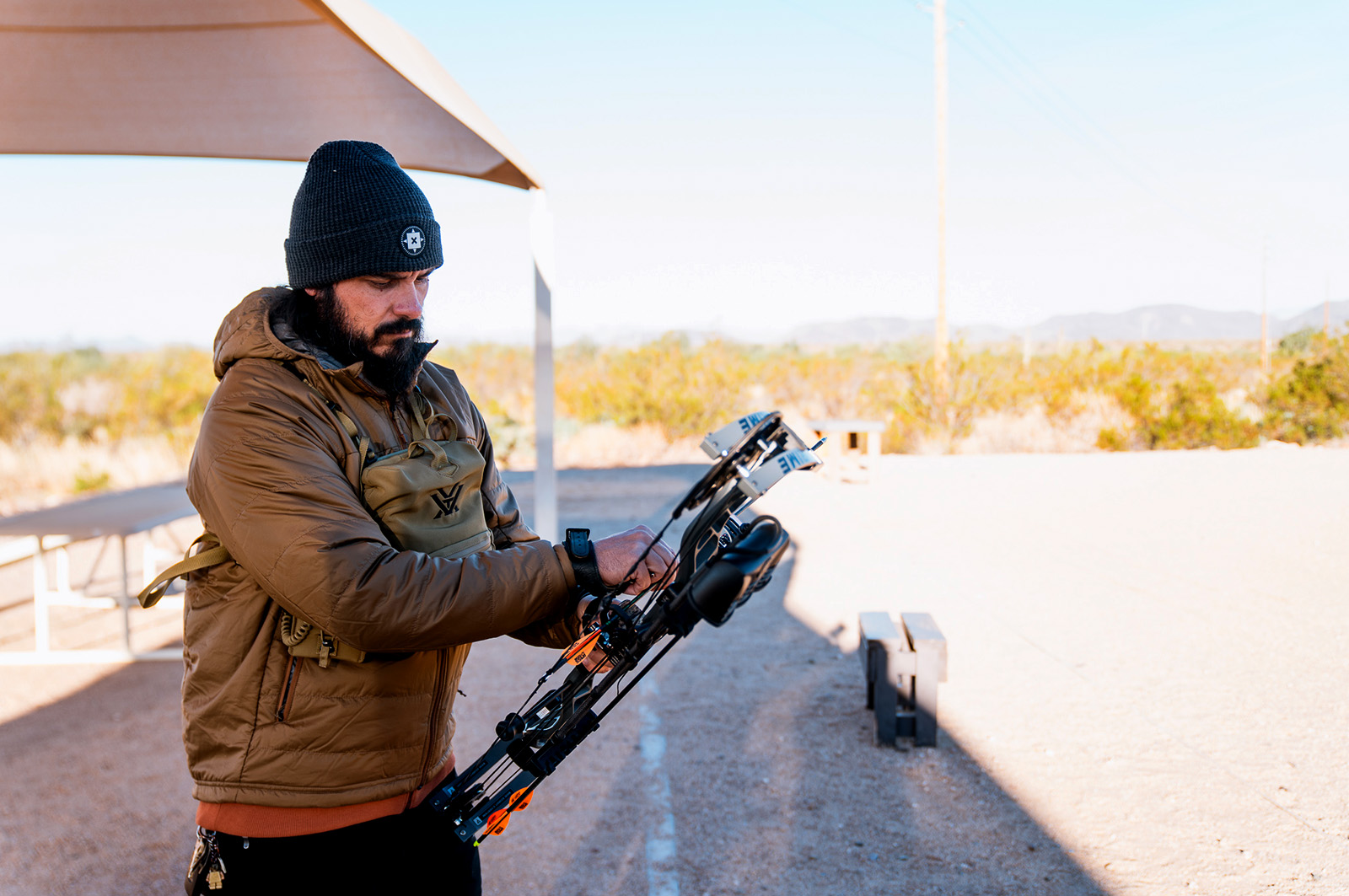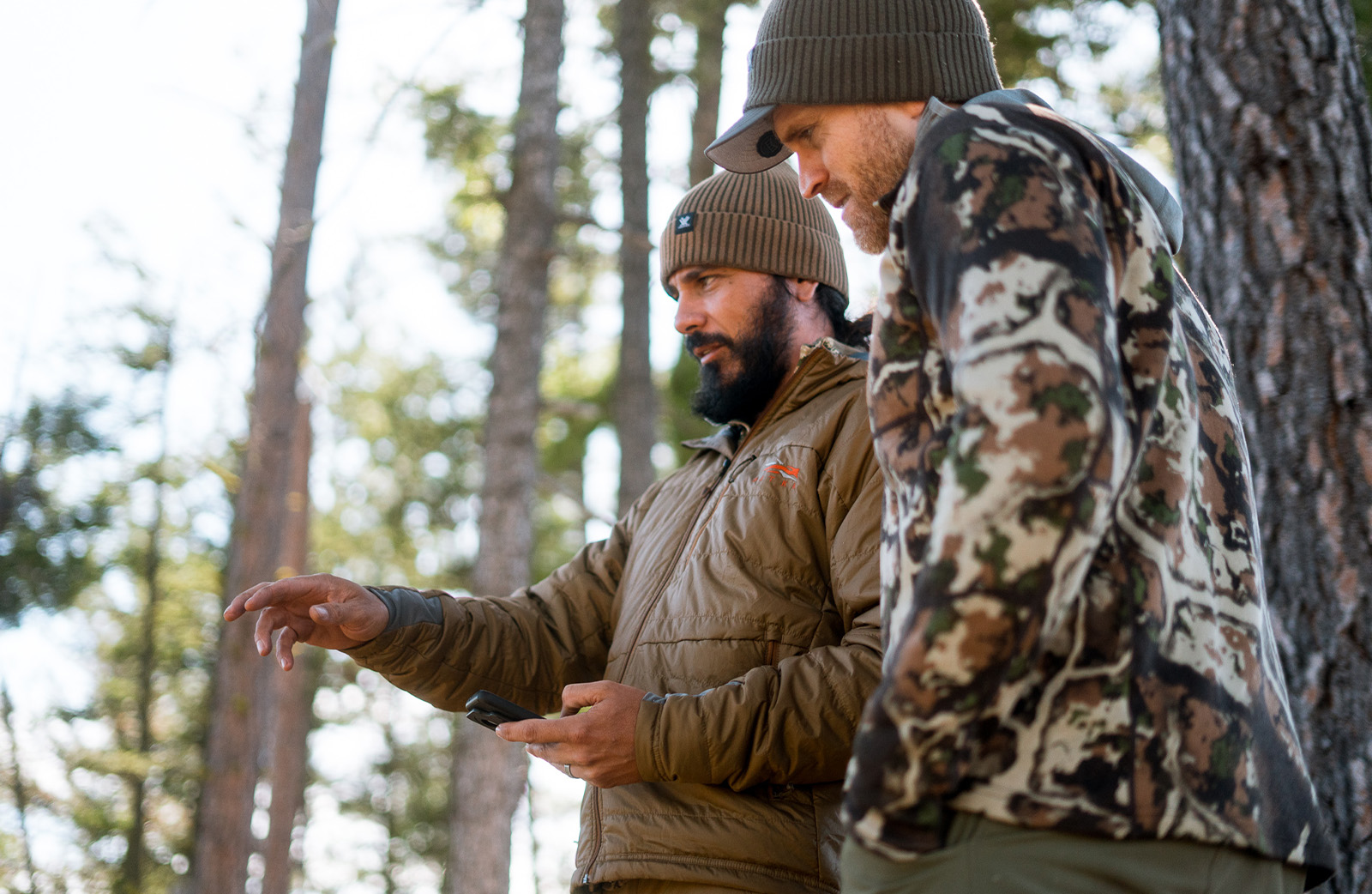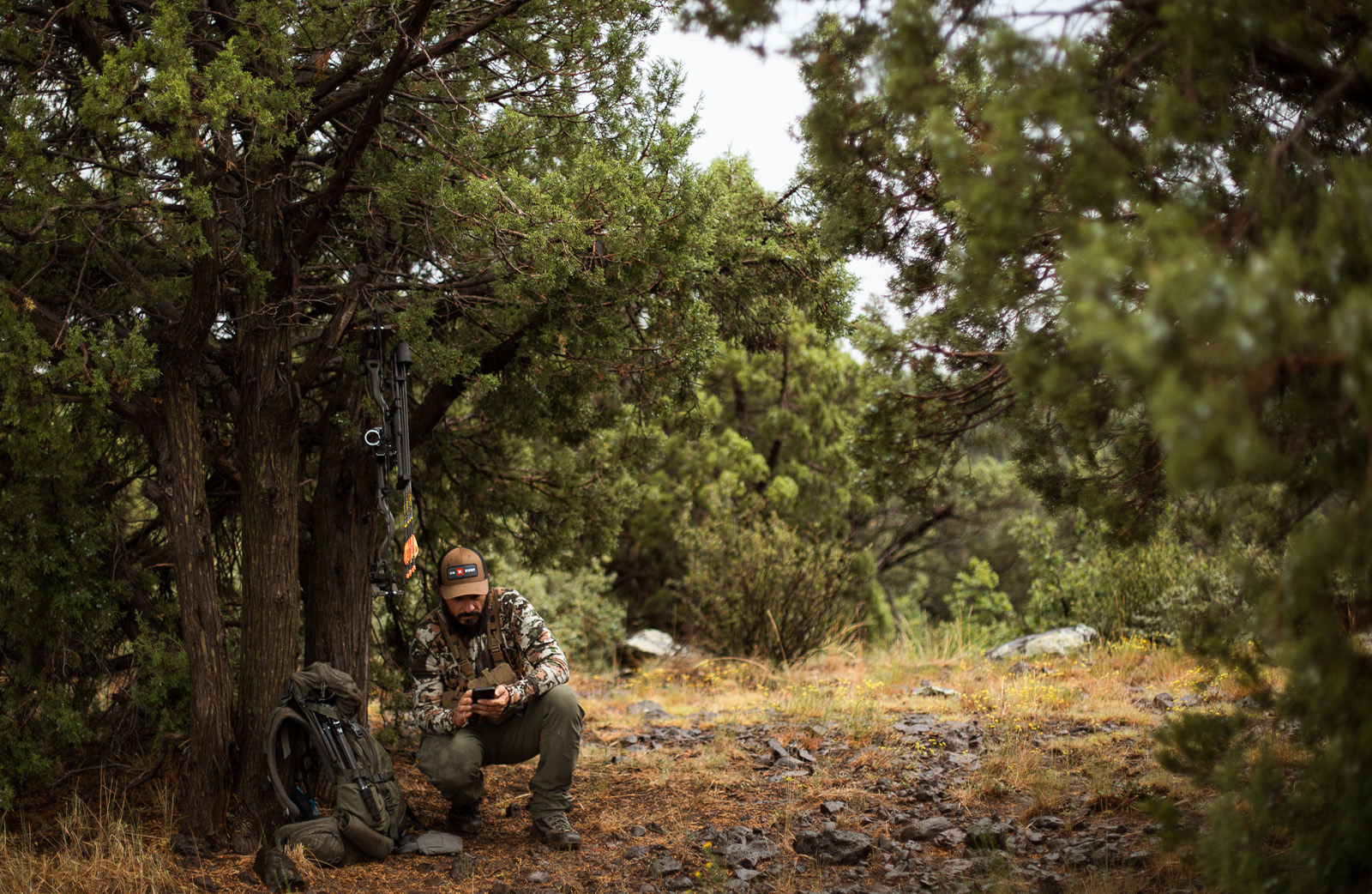Learning how to be a successful bowhunter is far from easy, especially if you’re new to archery hunting. The learning curve is about as steep as the Rocky Mountains. In fact, it’s realistic that some folks will never taste success behind the bow. This may be true, but it doesn’t have to be your truth.

Along with my own journey as a bowhunter, I’ve witnessed a lot of hiccups in the field from new bowhunters. I’ve also experienced and witnessed many moments where things seem to click and success is either found, or at least the needle has been moved in the favor of the hunter. In the spirit of archery season soon to be upon us, and the fact that lots of new bowhunters will be taking to the field, I’m going to break down three keys to success.
The #1 Hunting App
Try the Hunt App for Free—and See Your Hunt Season Change.
1. Know Your Bowhunting Gear and Test It
Knowing your gear and testing it are two peas in a pod. Through testing, you get to know your gear, which is why it’s so important to do this ahead of time. Get acquainted. I’m not just talking about going through the motions in your backyard either. I’m talking about being intentional and being willing to experiment to bring capabilities to light.

One of the biggest things that comes to mind that many newer bowhunters fail to do is actually shooting their broadheads pre-hunt. Reading the package that says “field point accuracy” and calling it good is a recipe for disaster. You need to screw those heads on and test their flight against your field points to truly know what’s going to happen and you need to do it at distance. In the end, maybe the marketing on the package is right… or maybe it’s not. Tackling this potential issue now will help avert a possible problem in the field.

A few other things that come to mind are not proofing out a sight tape and not testing out a pair of new boots before a hunt. In bowhunting there are a lot of things that we cannot control, so it’s important that we take control of the things we can.
2. Make Plays in the Field
This next tidbit is mainly geared toward spot-and-stalk hunting, but it can also go further than that. (We’ll get into that in a bit.) It’s surprising the amount of folks that will find an animal and never make a move on it. Usually, it has to do with overanalyzing the situation, and sometimes it’s a lack of confidence or trying to avoid potential failure. Whatever it is, know this: that animal out there is one of the things that brought you to where you’re at. Make the play and don’t question it.
As a new bowhunter, regardless of the results, you are going to learn so much from doing this. Really good bowhunters have messed up a whole lot; that’s how they became really good. So, don’t be afraid of messing up. Get those “at bats” and your skills will naturally build from doing so. If you remain still, so will your abilities.

Something else I want to point out in the same light is doing what is necessary. Like making a move to make a stalk, there are also things like not sleeping in too late, not leaving a glassing spot early, and being willing to walk back to camp in the dark. The list goes on. In order to maximize your chances of success, you need to be willing to embrace a bit of discomfort. You can be comfortable when you’re home.
3. Analyze Your Bowhunting Successes and Failures
Throughout your bowhunting pursuits, you are going to have many failures and successes. No matter which end of the spectrum a given situation falls on, it’s important to analyze them for what they are.

When we are successful, it’s very easy to get caught up in the moment and disregard how that success actually came to be. I get it. Adrenaline has made me oblivious in the past too. Taking the time to note what made this whole thing work though, is a great way to know how to make things work in the future. You can transpose these lessons to other hunts, which will inevitably make you more successful. So, pat yourself on the back, but also ask yourself why.
The same can be said for our failures. Again, it’s easy to get frustrated and get in the mindset of “just move on.” There is something to be said for that, but we need to recognize what went wrong in order to know what not to do in the future. Remember, failures are puzzle pieces. They too are keys to being successful. If you don’t know what not to do, then you won’t know what to do.
4. Persistence
The path of a bowhunter is one that comes with lots of elevation gain and loss. You can go from feeling like a million bucks to feeling like you’re dirt poor. All of that said, it is truly one of the most rewarding ways to hunt, and for those who stick with it, you will know this soon enough. Which is the last bit of wisdom I’ll bestow upon you: Sometimes the hardest part about bowhunting is to keep going and taking one step forward at a time. It may feel slow. It may feel like you can’t take another step. You may even want to quit. Despite those feelings, never ever give up. If you stay the course, you’ll get to where you want to be. One foot in front of the other.
KNOW WHERE YOU STAND
Find public and private land with onX Hunt and know where you stand no matter what state you hunt in.